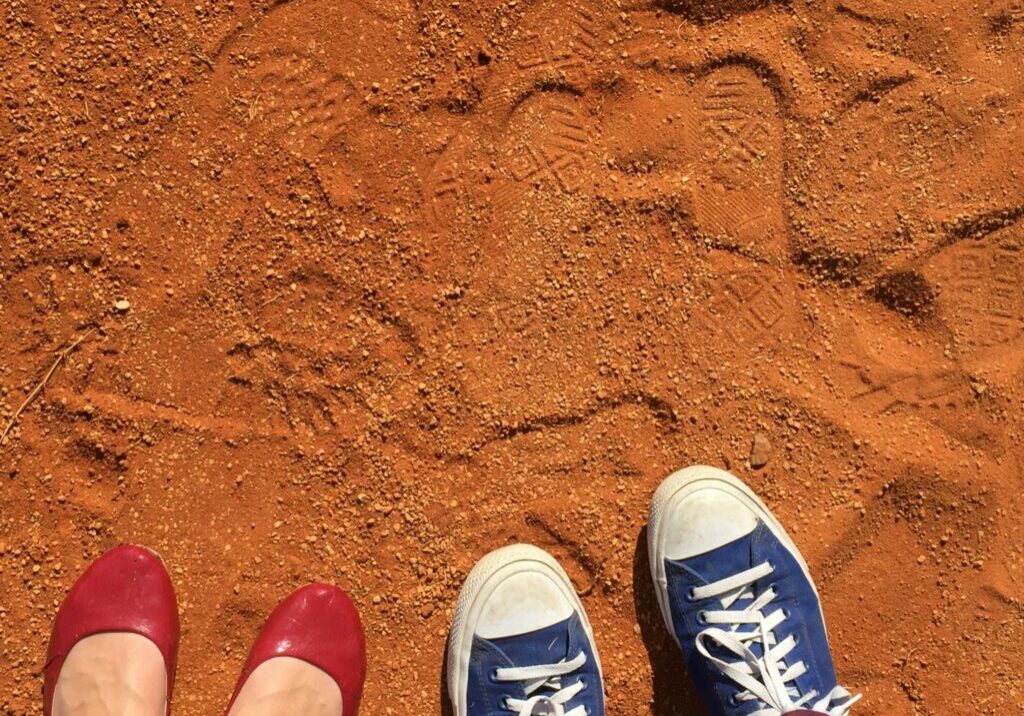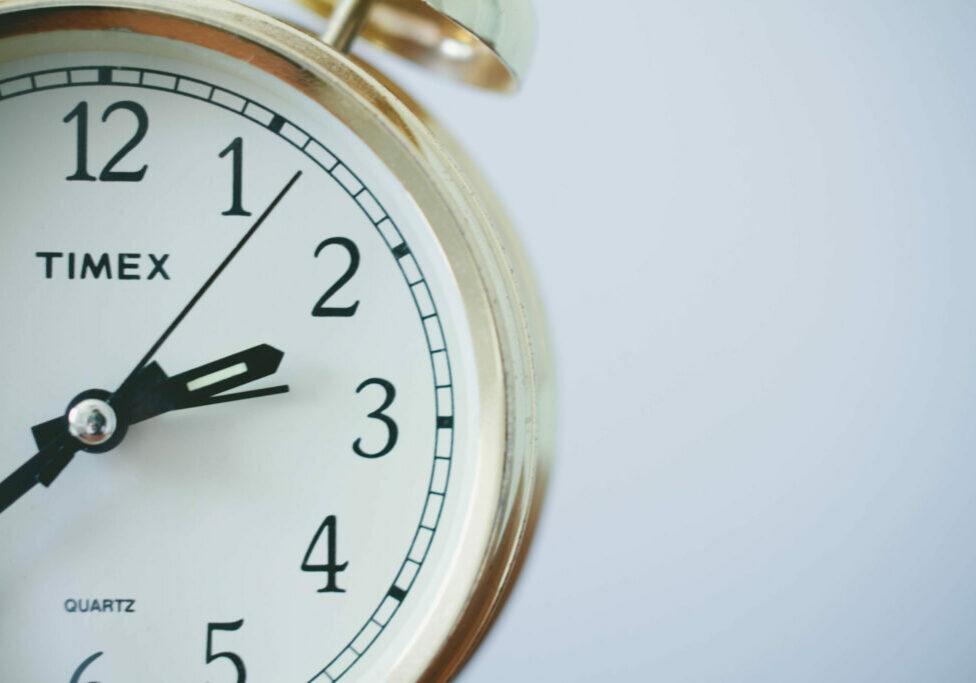Braid Mission
Blog
Reflections on Braid Camp

We knew that a week at camp could hold extra challenges for our youth.
Before starting Braid, we had each spent time as chaplains at Camp Stevens, which welcomed foster youth from a nearby county to its summer sessions. Both of us remember some of these campers asking if camp was their new foster placement.
While most of our Braid youth are no longer in foster care proper, all of them have experienced being in living situations and placements that they had no control over.
So we understood that coming to beautiful redwood forest that many would view as a week of respite away from home may not feel safe for our youth for whom leaving home has often meant something very different than a week of fun.
Almost everything about Braid Camp was new: for us and for the campers. While we have been sending Braid youth to St. Dorothy’s Rest for several years, only three of our 15 campers had been there before.
We fielded a steady series of requests from campers for us to take them home, usually toward the end of each day in the hours between dinner and bedtime.
Usually the camp staff deals with homesickness by doubling down on getting campers more integrated into camp life, only calling home as a last resort. At Braid Camp, calling their caregivers turned out to be a reassurance that allowed our campers to know they weren’t “trapped” in a new place and that they would be able to return home at the end of the week. Instead of pulling them away from the life of camp, it allowed them to re-engage.
We have both been reading the new book from Oprah Winfrey and Bruce Perry, What Happened to You: Conversations on Trauma, Resilience, and Healing. It is a really wonderful explanation of how all of us relate to the world and process traumatic experiences.
In that book, Dr. Perry explains that healthy human development requires being exposed to new experiences in moderate doses that activate our stress responses in a positive way. This is like “exercising” our stress muscles – by trying a new sandwich, starting a new school, learning to ride a bike – so that when a major stressor comes along, our resilience is built and ready for the challenge.
Dr. Perry writes: “Through all of this, relationships are absolutely key. It is in the context of nurturing and caring relationships that the child can meet a challenge; in the face of any new challenge, an adult can model, encourage, and provide a helping hand.” (p. 194)
This is what Braid mentors do every week with their youth, and during Braid Camp the St. Dorothy’s Rest staff served as this supportive scaffolding for all of us to step out of our comfort zones. Even though it was the first week of camp at St. Dorothy’s in two years, the staff and counselors were gracious and flexible in making camp feel safe for our unique group.
Counselors rearranged activity schedules, procured salami from the kitchen after hours, cued up favorite songs on the speakers when campers were having rough moments. One even slept on a mattress outside one camper’s door to make her feel safe through the night.
At the end of the week, all of our campers except one were standing in the closing circle to receive their St. Dorothy’s buttons.
And all of them – including the one young camper who went home a little bit early – had much to celebrate.
Our entire group completed a ten-mile hike to the beach, including our youngest camper who finished two hours after the others, accompanied by his own cheering squad of two Braid directors and two very patient and encouraging camp counselors.
Braid campers hit the bullseye in archery, screen printed and tie dyed their own t-shirts, and worked together to weave fabric out of yarn. Some of them saw the ocean for the first time!
The bus that brought us back to San Francisco was filled with the chatter of friendships formed and the melodies of dorky camp songs.
And everyone had a little button pinned on their chest, a symbol of strength and of many moments of grace, small reminders that challenges are overcome in community.
We are grateful to everyone who contributed to making this transformative experience possible for Braid youth: by driving youth to camp, sending items from the wish list, and contributing to the camp fundraiser. (We are still a little bit short of our fundraising goal – you can donate here.)



